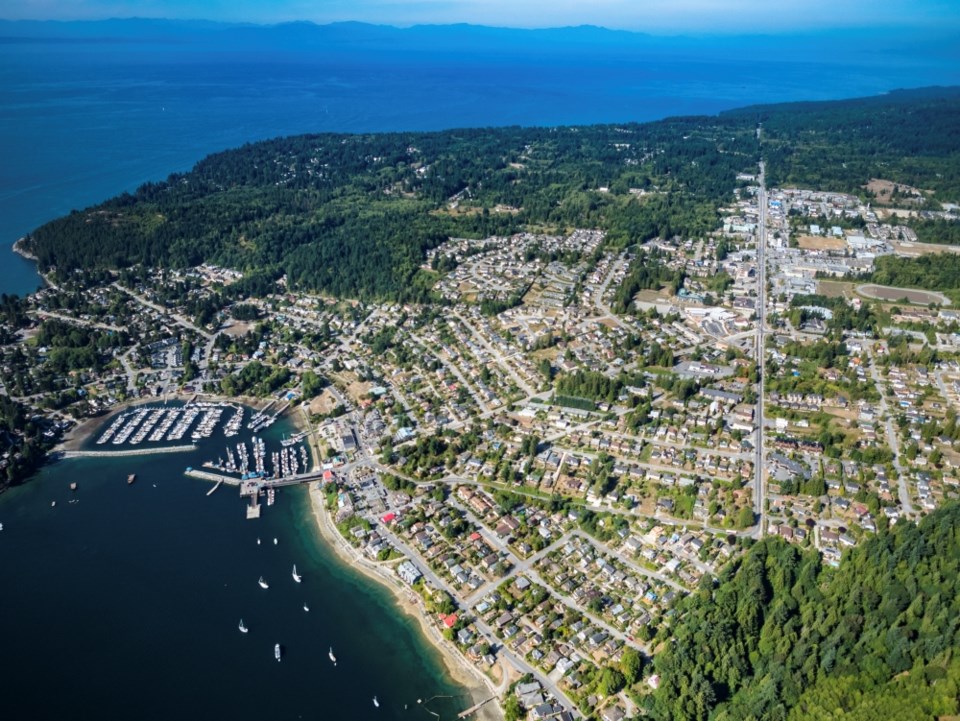Canada and B.C. are more diverse than five years ago and recently published census data show the same is true for the two largest population centres on the Sunshine Coast.
Canadian Census data released Oct. 26 showed about 23 per cent, or nearly one in four people in Canada “are or have been a landed immigrant or permanent resident” – the highest since Confederation, and the most of any G7 country, said a Statistics Canada release.
About 29 per cent of B.C.’s population identified as immigrants in the census.
Statistics Canada also released new information about visible minorities in Canada – a standard the organization acknowledged is being reviewed, with a commitment to consult the public, including stakeholders and consulting partners, “to establish a suitable terminology and classification to describe the population and to meet data needs.”
Statistics Canada defines visible minority via the Employment Equity Act as "persons, other than Aboriginal peoples, who are non-Caucasian in race or non-white in colour.”
The organization acknowledged a “growing demand” for more detailed data about visible minority populations “beyond a yes/no answer,” while balancing the need for comparable data sets.
One alternative proposed, according to the organization, is the use of the term “racialized groups.”
Census data compiled by CBC showed 54 per cent of people in Metro Vancouver identified as a visible minority, the highest of any B.C. metropolitan area, and the first time the area has reached a majority racialized population.
Nearly 34 per cent of the province’s population identified as visible minority in the 2021 census.
Census data also showed most people in B.C. – about 52 per cent – don’t identify as religious, making it the most secular province in Canada. Nearly 60 per cent of Yukoners reported no religious affiliation.
Sechelt, Gibsons show slighter changes
While less so than B.C.’s major urban centres, data show Sechelt and Gibsons populations are increasingly ethnoculturally diverse compared to the last census.
The District of Sechelt, whose 2021 population stood at 10,847, has an immigrant population of 2,410 people or about 22 per cent of the population. That’s up 15 per cent from 2016.
In Sechelt, 200 people identified as recent immigrants.
The total visible minority population in Sechelt grew by about 42 per cent from 2016 to 1,280 or about 12 per cent of the population, with most people identifying as Filipino, South Asian, Chinese and Southeast Asian.
That’s more diverse than Kelowna, Chilliwack and Prince George, among other metropolitan areas.
The Town of Gibsons saw a smaller increase in the number of people who identified as immigrants – about four per cent. Its immigration population stands at 975 or about 20 percent of the population of 4,758.
The number of people who identified as belonging to a racialized group – 505 people or almost 11 per cent of the population – grew slightly more than Sechelt, with a 36 per cent increase since the last census. The largest racialized groups are South Asian and Filipino.



